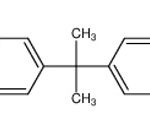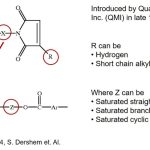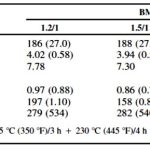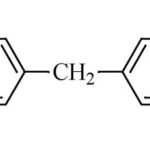The previous posts in this series covered various types of bismaleimide resins and formulations. The next three posts will discuss cyanate ester resins and formulated products. Dicyanate resins, alternatively known as cyanate ester resins, describes both a family of monomers and oligomers with reactive cyanate end groups on an aromatic ring and the resulting cured resin ... [Click to Continue...]
Beyond Epoxy: High Performance Thermosets Part Three – Liquid Bismaleimides
The previous two posts covered aromatic BMI resins and curing mechanisms leading to highly crosslinked and high Tg thermosets. Another important class of bismaleimides are liquid bismaleimides. Liquid BMIs with long-chain aliphatic structures between the maleimide groups are used for low modulus, low Tg, high flexibility applications. For electronic applications, BMIs have ... [Click to Continue...]
Beyond Epoxy: High Performance Thermosets Part Two – Bismaleimide Cure Chemistry
This post is part two in a series on high performance thermosets and will cover aromatic bismaleimide curing chemistry. Bismaleimides are thermosetting polyimides that cure by addition reactions that avoid formation of volatiles. Unlike condensation polyimides (such as DuPont Kapton® or Ube Upilex®) where the polymerization mechanism results in the evolution of volatiles ... [Click to Continue...]
Beyond Epoxy: High Performance Thermosets Part One
Epoxies have been a workhorse in the thermoset industry for decades. They offer a compelling cost/performance benefit in many applications. This blog post series will cover other high performance thermosetting resins such as bismaleimides and cyanate esters. Bismaleimides can be aliphatic such as used in high performance electronic adhesive systems or be aromatic where they ... [Click to Continue...]
Accelerators for Amine Curing Agents
Guest Post by Jeremy Pasatta, Advanced Polymer Coatings Amine curing agents are still considered the largest class of curing agents for epoxy resins, and they are often used in demanding applications that require fast return to service or curing in less than ideal environments, such as very low temperatures. While there are some amine structures that can achieve these ... [Click to Continue...]





